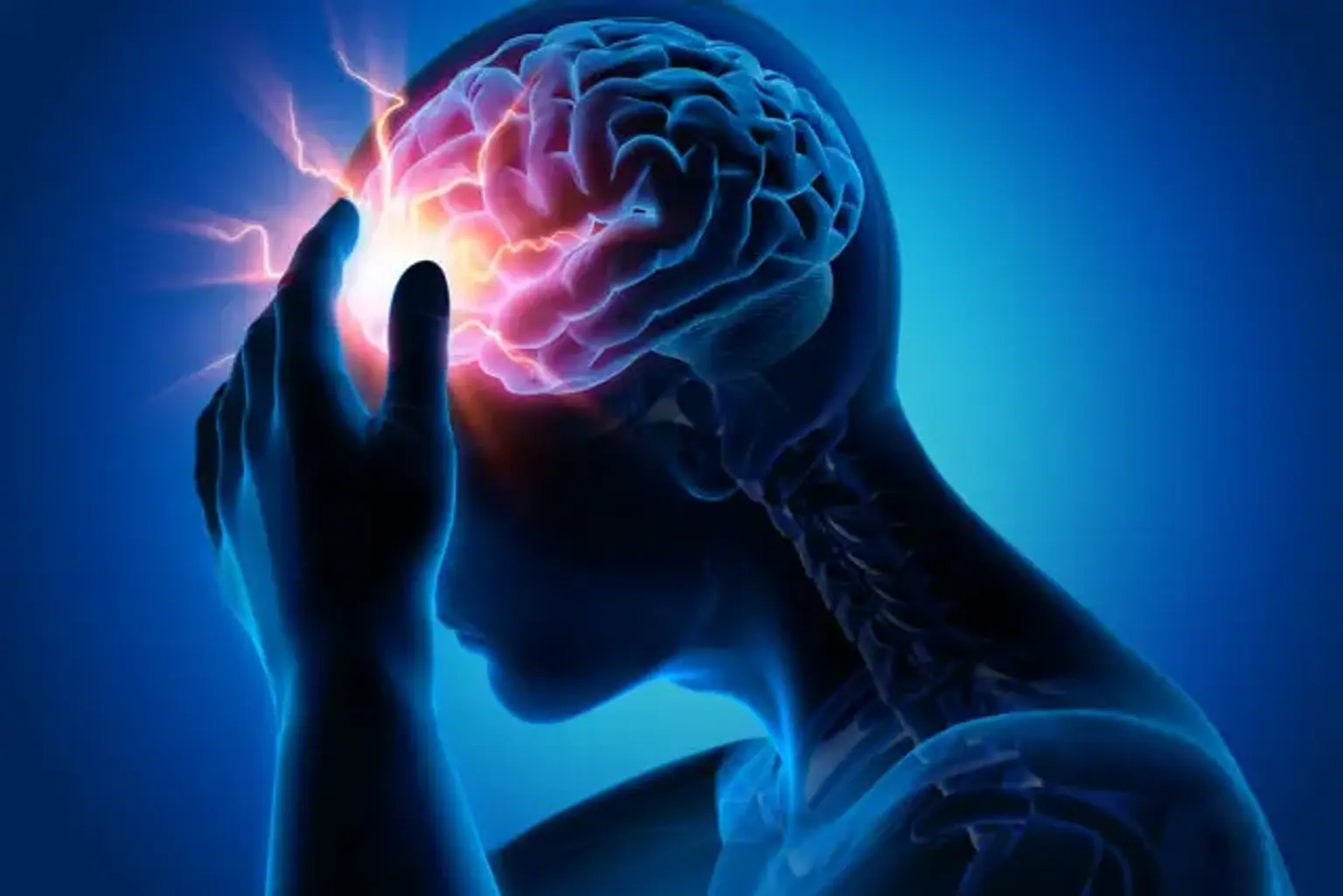Intractable epilepsy
Overview
Epilepsy is a neurological condition characterized by recurrent seizures. A seizure is a rapid, abnormal alteration in the electrical activity of the brain. Temporary symptoms include twitching, loss of consciousness, and blank gazing.
Antiepilepsy medications are the initial line of therapy (AEDs). However, AEDs are unable to control seizures in certain persons. This is referred to as intractable epilepsy.
